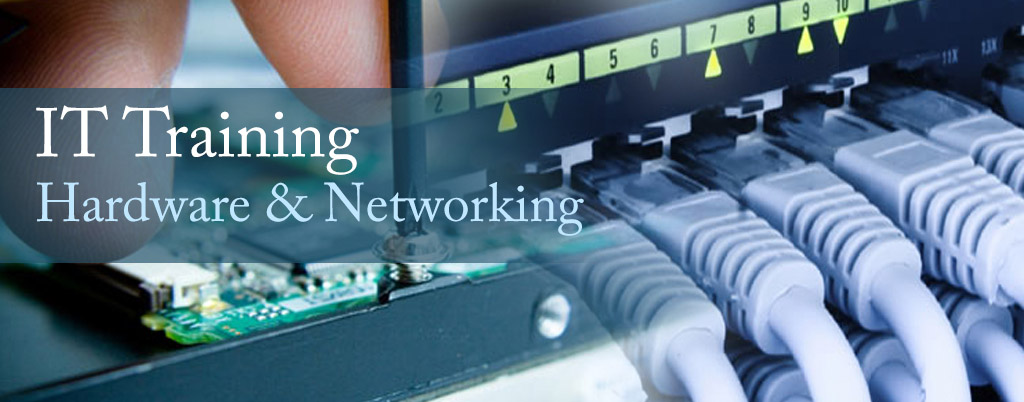
Hardware and Networking :
Hardware is a physical component or part of a computer system i.e. keyboard,CPU, mouse, monitor etc.
Networking is the field of computer science that allow computers to exchange data and
information.
Students Enrolled
Salary3 Lacs to 10 Lacs
Online Live class Support
Students got placed
Advance CCNA
The CCNA is a technical certification program offered by CISCO Systems Inc., a multinational technology company. The CCIE has established an excellent reputation in the networking industry in deep technical networking knowledge.
The CISCO Certified Associate Internet Associates are deployed into the foremost technically challenging network assignments. This program CCNA is an lower level certification program undergoes continuous updates and revisions in testing tools and methodologies to ensure and maintain the quality of the program, relevance of the program and the value.
Module 01 - Understanding Networks and their Building Blocks
Module 02 - IP Addressing and Subnets
Module 03 - Introduction to Cisco Routers, Switches and IOS
Module 04 - Introduction to IP Routing
Module 05 - Routing Protocols
Module 06 - Switching and Spanning Tree Protocol
Module 07 - VLANs and VTP
Module 08 - Network Security
Module 09- Access Lists
Module 10- Network Address Translation (NAT)
Module 11- Wide Area Networks
Module 12 - Virtual Private Networks
Module 13- IPv6
Module 14- IP Services

